
MEPs warn of CBAM price hikes
Irish MEPs have urged the European Commission to rethink its introduction of the carbon border adjustment mechanism (CBAM).

Irish MEPs have urged the European Commission to rethink its introduction of the carbon border adjustment mechanism (CBAM).
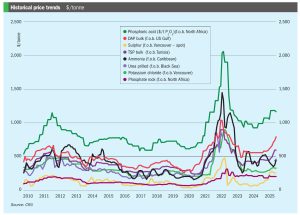
Price trends and market outlook, 23rd October 2025

IPCO’s Rotoform technology has become a popular solidification solution – delivering efficiency, quality & sustainability benefits.

The nitrogen plants at HIP’s Azotara site are to be dismantled and removed as part of plans to convert the site to a data storage facility. Plants to be removed include the urea plant and urea storage facility, the UAN liquid storage facility, the calcium ammonium nitrate and nitric acid plans, and thegrain storage societies. In addition, the entire Block 6 is planned to be removed, which includes ammonia plants and storage, nitric acid and urea production, all of which have been out of operation for a long time.

India is preparing to set up its first urea manufacturing facility in Russia to secure long-term fertiliser supplies and reduce exposure to global price shocks, according to Indian media reports. The proposed project, backed by Rashtriya Chemicals and Fertilisers (RCF), National Fertilisers Ltd (NFL) and Indian Potash Ltd (IPL), aims to tap Russia’s abundant reserves of natural gas and ammonia, key raw materials that India lacks. The venture is reportedly scheduled to be announced during Vladimir Putin’s visit to India in December. The facility is said to aim at ultimately producing 2 million t/a of urea. India is currently the second-largest consumer and third-largest producer of fertilisers globally, but it remains vulnerable to global commodity swings.
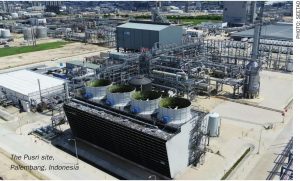
Already a large urea supplier to the region, Indonesia has plans for several new plants to monetise its natural gas resources.
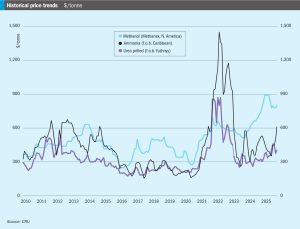
l The market looks very tight through the end of the year, though some expect supply to improve in Q4. Prices are unlikely to ease in the coming weeks. l Woodside’s Beaumont New Ammonia Project is now 97% complete, and the producer expects production from the first train in late 2025. There is no information from Gulf Coast Ammonia on when to expect commercial production. l There was an absence of fresh confirmed business into northwest Europe. Still, producers with ammonia capacity in the region are expected to be maximising output given the favourable economics at current spot natural-gas prices at the Dutch TTF.

By the end of October the ammonia market was facing an acute shortage of spot tonnage, reflected in a $60/t jump in the Tampa price for November. The benchmark Tampa price increased for the sixth straight month to its highest since February 2023 as the global ammonia supply crunch deepened. The surge at Tampa was said to be driven by good demand in the US for direct application combined with a lack of supply. Contributing factors included Nutrien shutting down its nitrogen production in Trinidad, potentially removing around 85,000 tonnes/month from the market. So far, there is no suggestion that other producers in Trinidad will follow suit, and they may even benefit from a boost natural-gas supply given the Nutrien outage, although it is unclear whether the spare gas will be directed to ammonia as opposed to other demand sources.
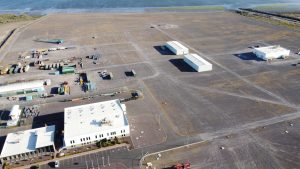
South America has become the largest importing region for nitrogen fertilizers, with Brazil overtaking India as the world’s largest urea importer. While there have been attempts to use local gas to develop a domestic nitrogen industry, these have faced challenges on a number of fronts.
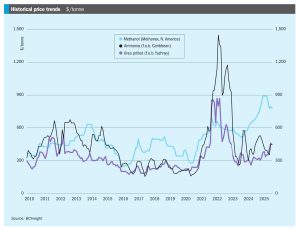
• Ammonia prices look well insulated against any declines over the immediate term, though the upside may be more limited in some regions than others.